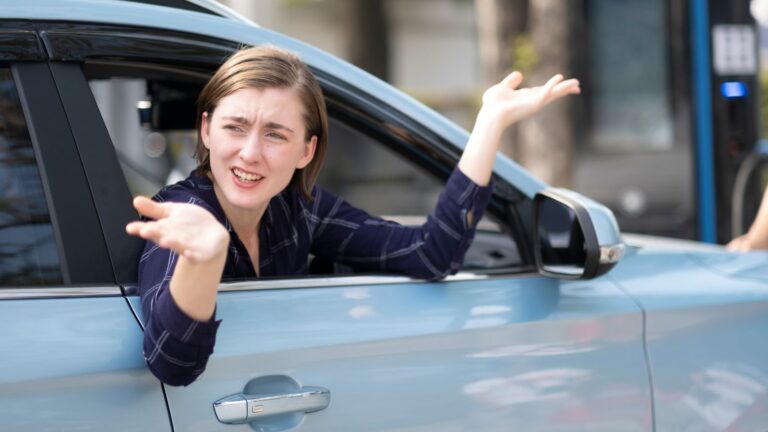Here in the UK, we take the way we drive for granted, but to tourists, the experience comes with its own set of rules and quirks that can leave them puzzled. Roundabouts, road signs, and the famous “wrong” side of the road–there are many unique aspects of UK driving, so this article will take a look at the most common confusions.
Driving on the Left
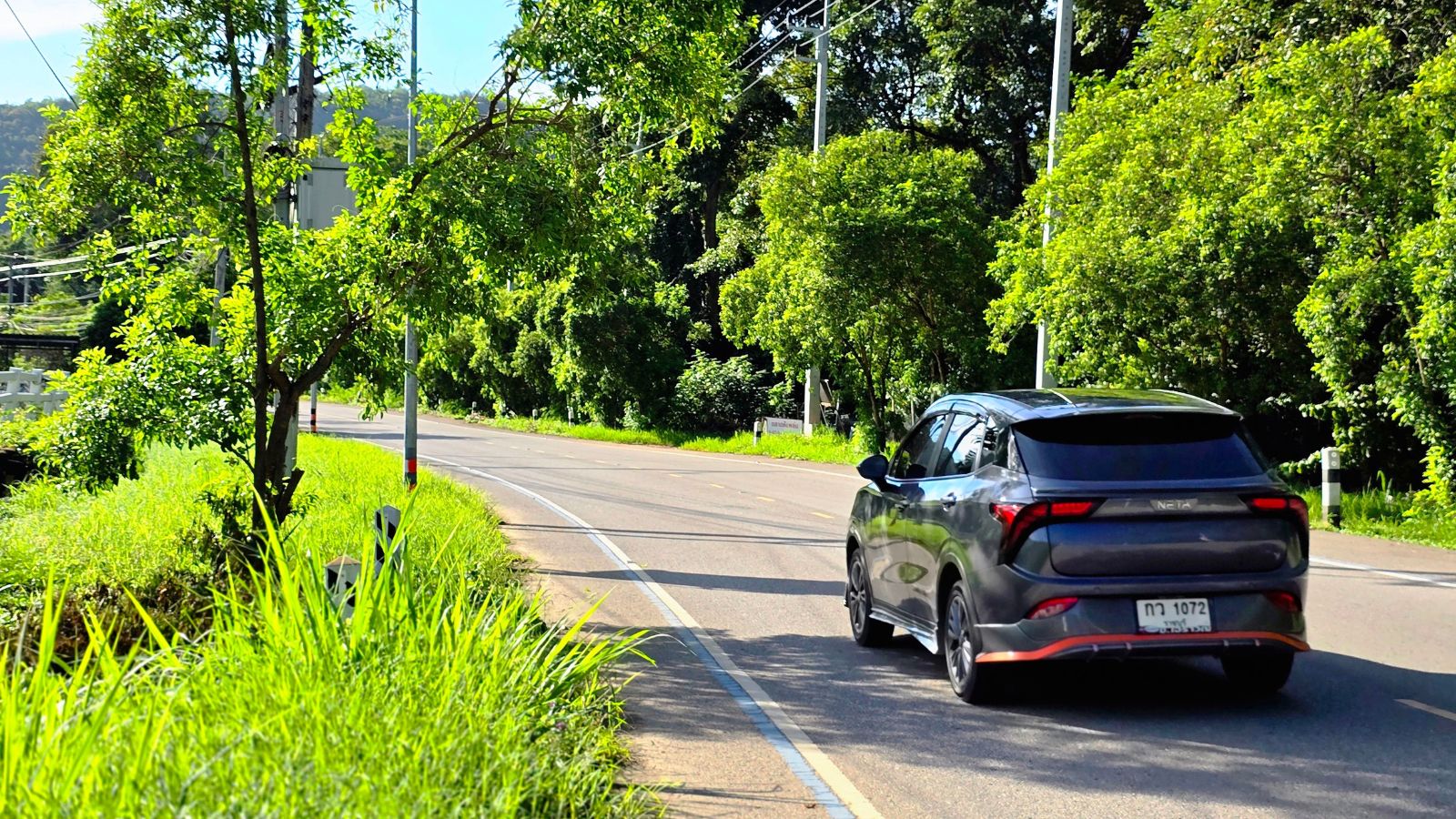
As we briefly mentioned in the introduction, the most obvious difference between British driving and the rest of the world is how we drive on the left side of the road. For visitors from European countries, which Go Compare points out almost always drive on the right, adjusting to this can be tricky; it requires a shift in mindset, especially when navigating turns or roundabouts, and can take some getting used to.
Roundabouts Everywhere
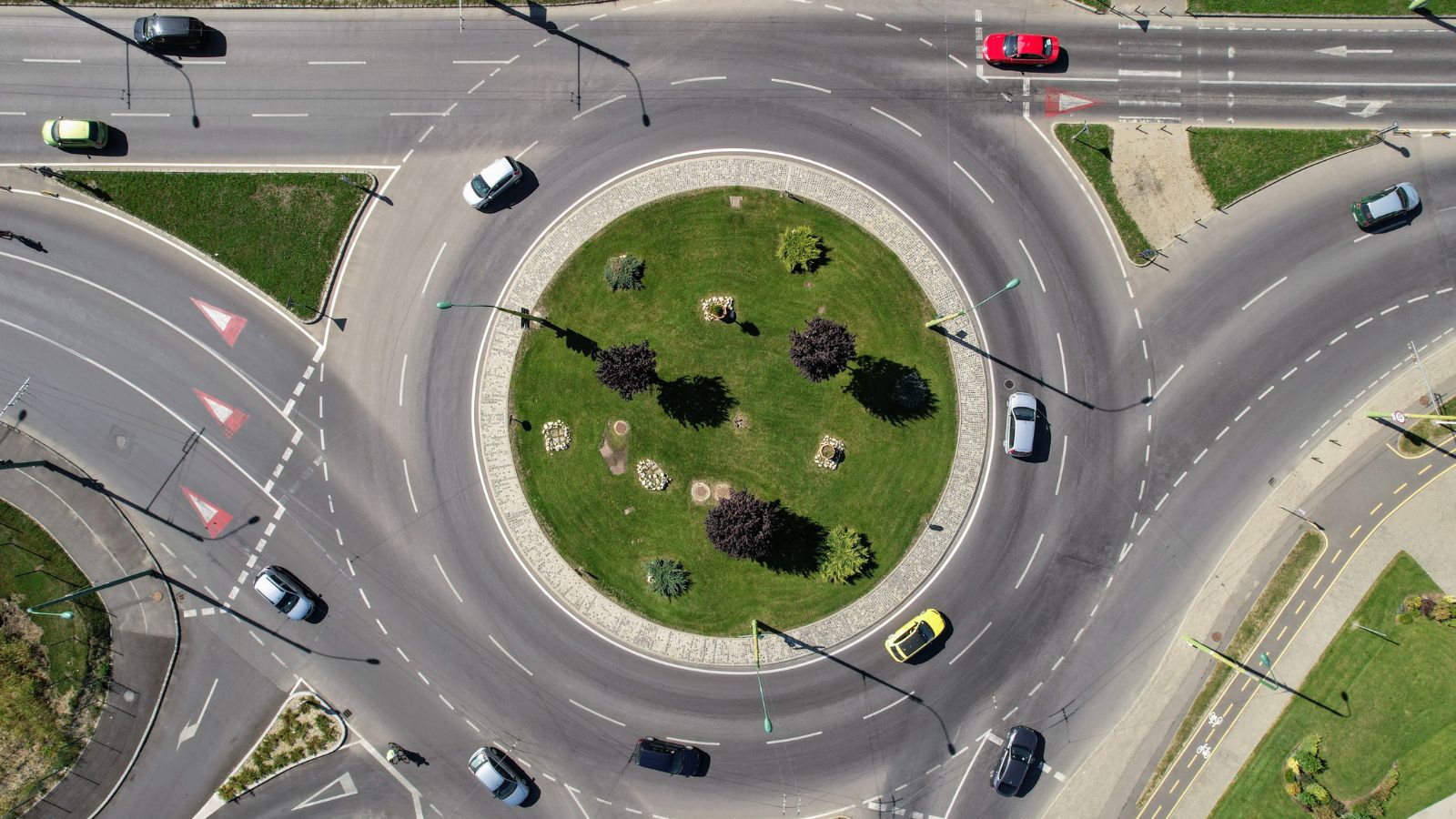
Every Brit knows that roundabouts are a common feature on UK roads, but tourists often don’t realize this, so they can quickly become confused. Sure, many countries have roundabouts, but the idiosyncrasies, such as giving way to the right and navigating multiple lanes, can be daunting.
The Use of Speed Cameras
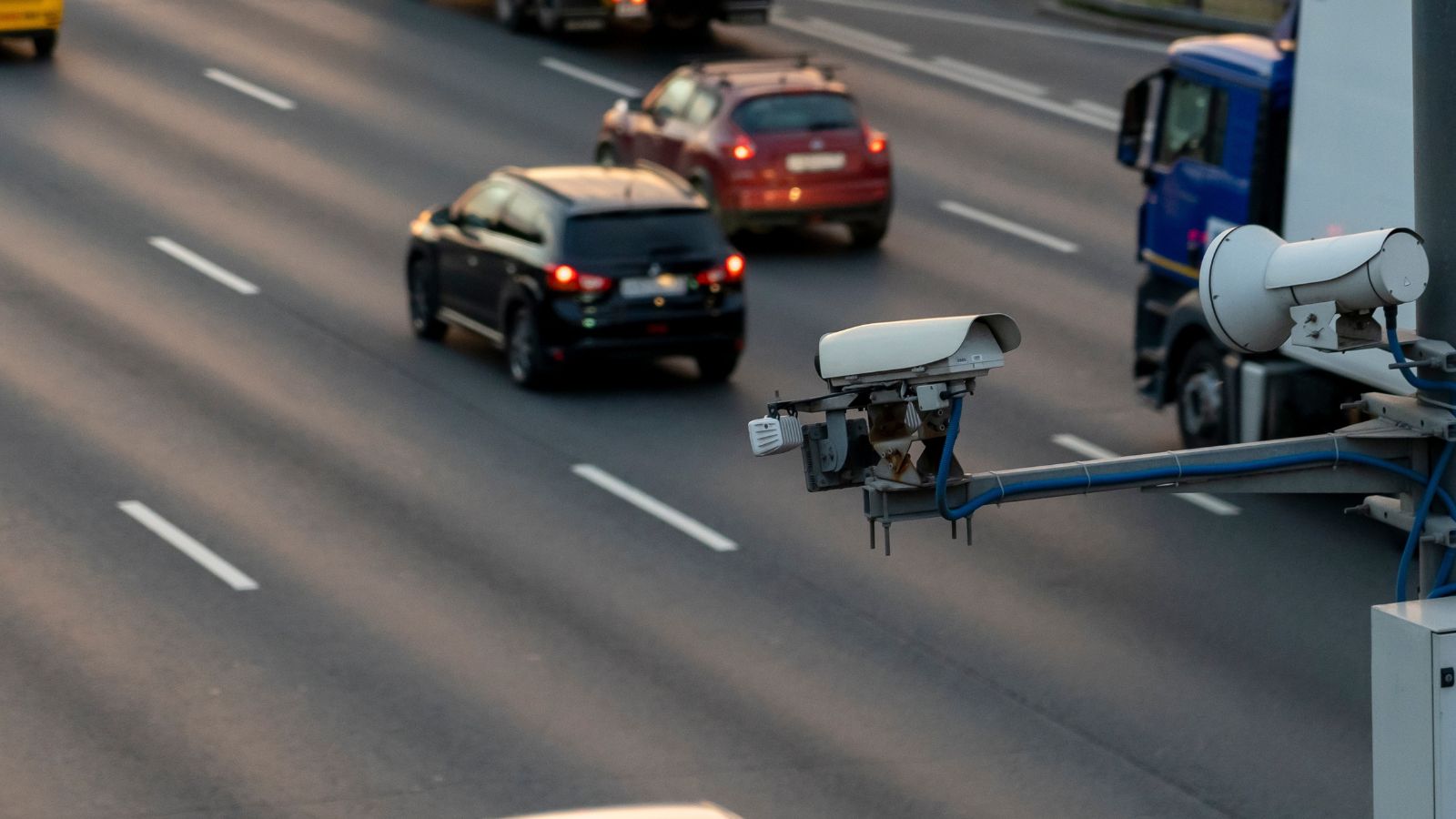
Across the UK, speed cameras are widespread, often placed in hidden or unexpected locations. Unlike some countries where police enforce speed limits directly, these cameras automatically catch speeding drivers. The prevalence of these cameras means that drivers need to be constantly aware of their speed, which can feel restrictive. However, they really shouldn’t be speeding in the first place.
Unfamiliar Road Signs
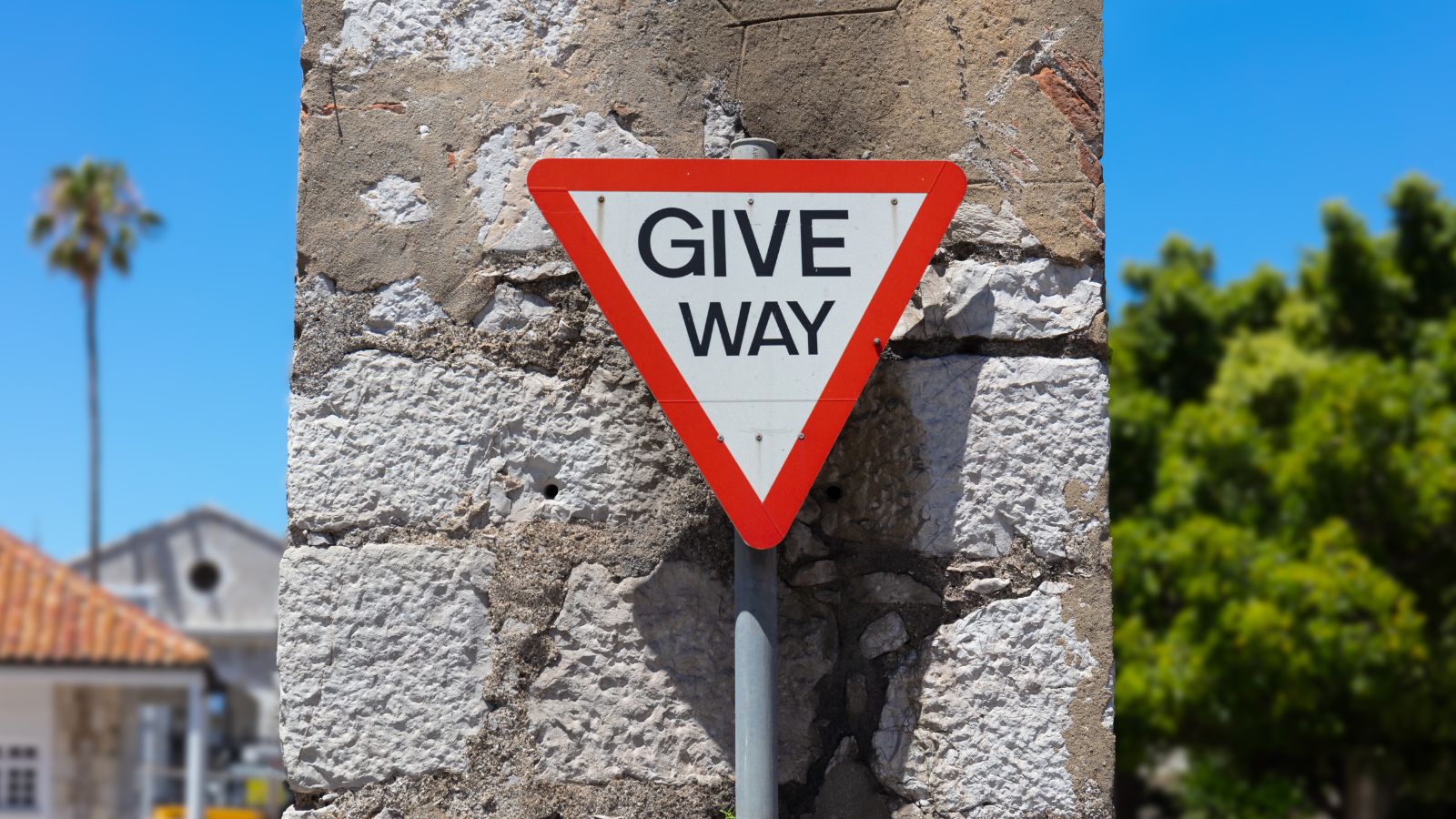
UK road signs use symbols and terms that can be unfamiliar to visitors. For example, signs like “Give Way” instead of “Yield” or the use of imperial measurements for distances can cause confusion. Understanding these signs is crucial for safe driving, but it can take a while for visitors to get used to them.
Narrow Roads
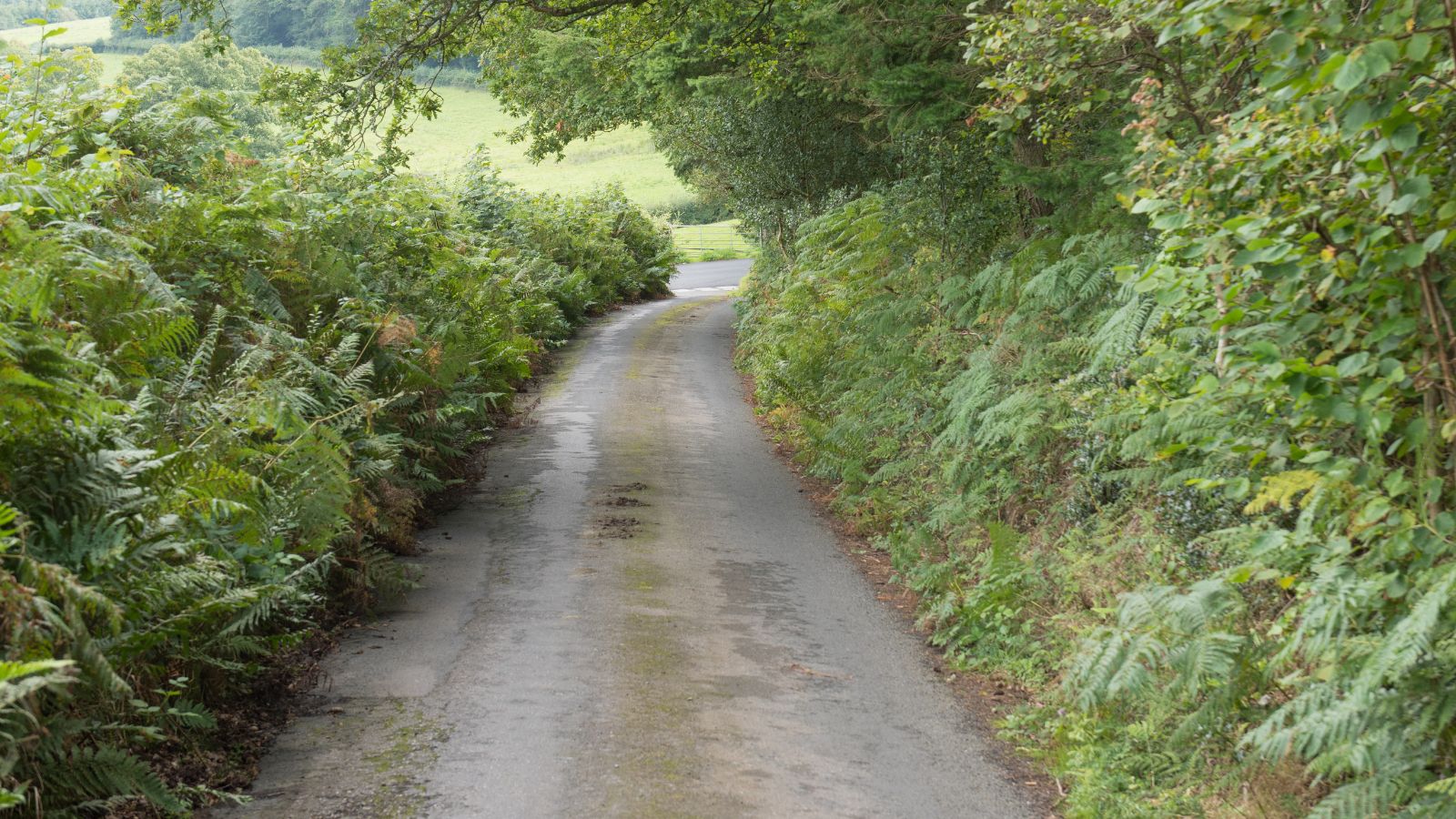
Many roads in the UK, especially in rural areas, are much narrower than those used by foreign drivers. These tight spaces can be intimidating, particularly when navigating through villages or countryside lanes. Passing other vehicles or dealing with oncoming traffic on narrow roads requires extra caution and patience and often depends on the strategic use of passing places.
Congestion Charges
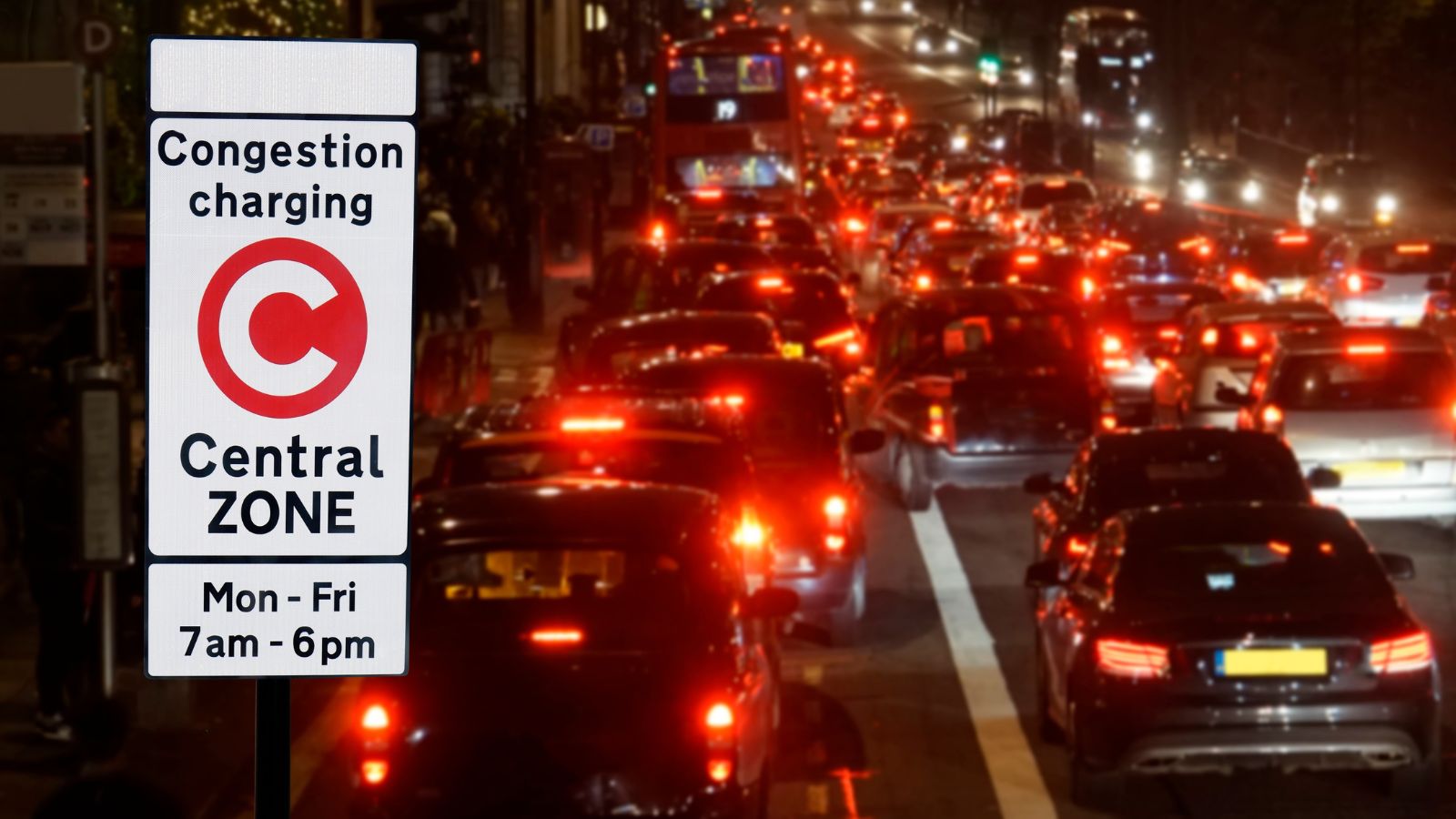
Much to the detest of disgruntled British people, in some cities, especially London, drivers are required to pay congestion charges to drive in certain areas during peak hours. This system aims to reduce traffic in city centers but can catch visitors off guard. It’s an extra expense and a logistical consideration that’s not common in many other countries.
The Importance of Road Tax Discs
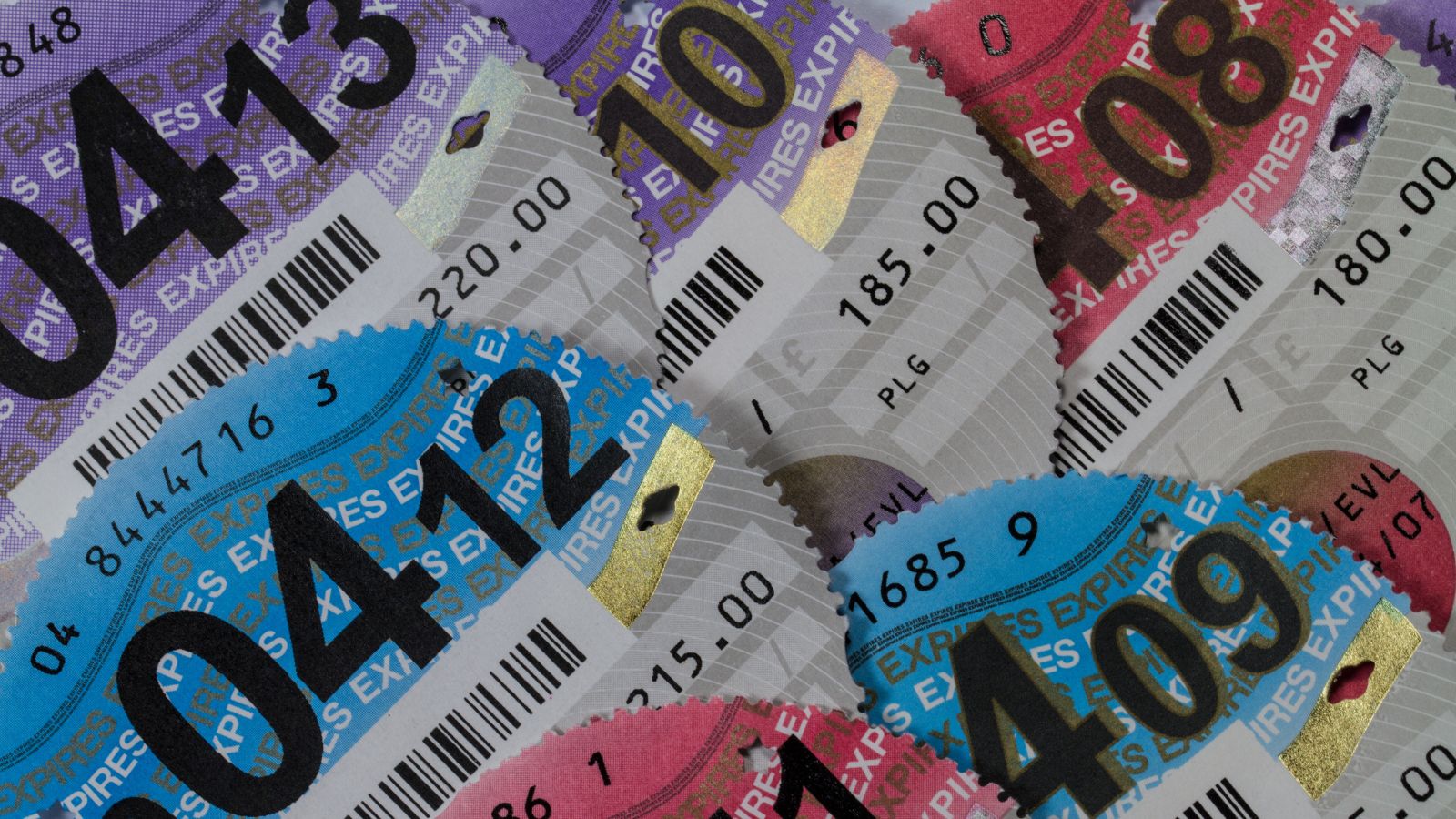
While the UK has moved to an electronic system, the concept of road tax discs is still ingrained in the driving culture. Paying road tax is mandatory for vehicles, but the visibility of these discs on windshields has faded. Foreign visitors might still be puzzled by the talk of “taxing” a vehicle, especially considering the sheer amount of potholes that our tax apparently pays to repair.
Parking Restrictions
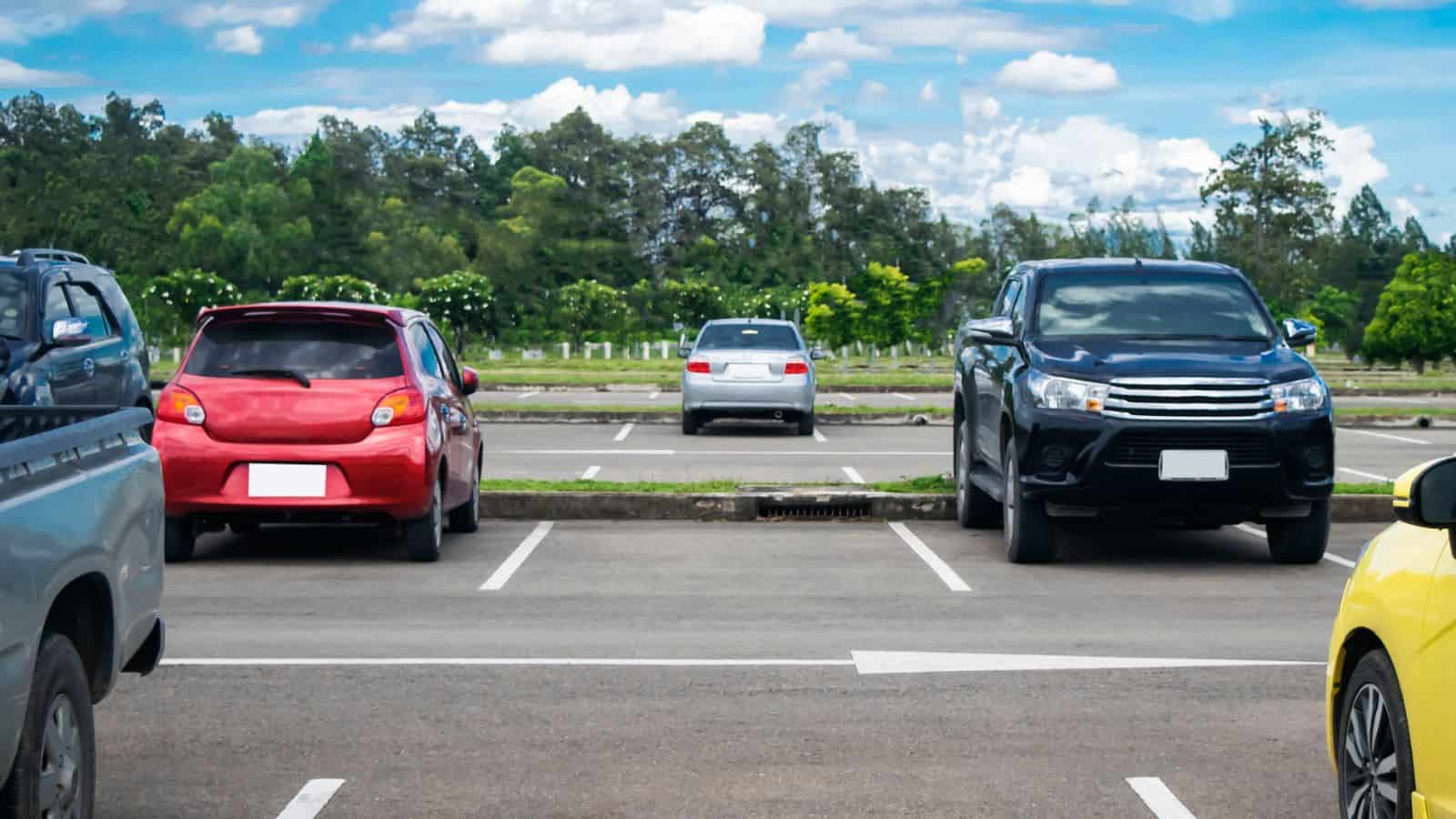
Parking in the UK can be a minefield of rules, with restrictions varying by location and time. Yellow lines, residents-only zones, and pay-and-display areas can be confusing without careful attention to signage. Unfortunately, this confusion can all lead to mistakes, which will then be followed by fines, making parking a stressful part of driving for visitors.
Metric vs. Imperial Measurements
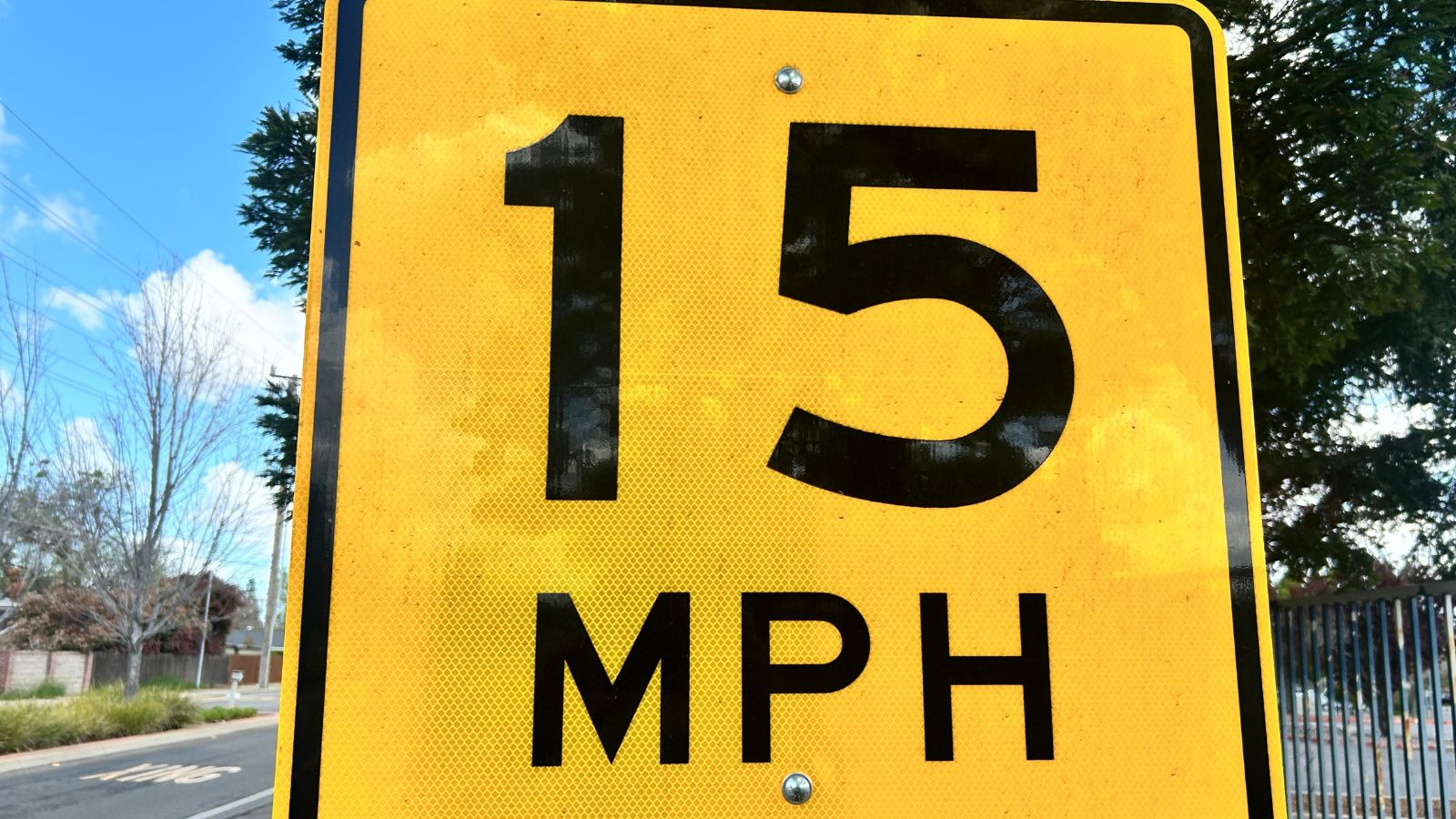
The UK’s use of imperial measurements, like miles per hour, instead of the metric system, can be baffling for visitors accustomed to kilometers. Speed limits, distances, and fuel consumption are all measured in units that might seem outdated. Adapting to these measurements adds an extra layer of complexity to driving, except for Americans, who are quite used to it.
Driving Etiquette

British drivers tend to follow a set of unspoken rules and etiquette, such as flashing headlights to give way, using their emergency lights to say thank you, or politely thanking others with a quick wave. These courtesies aren’t universally understood, and therefore, foreign drivers might misinterpret them or accidentally be impolite.
The Prevalence of Manual Cars
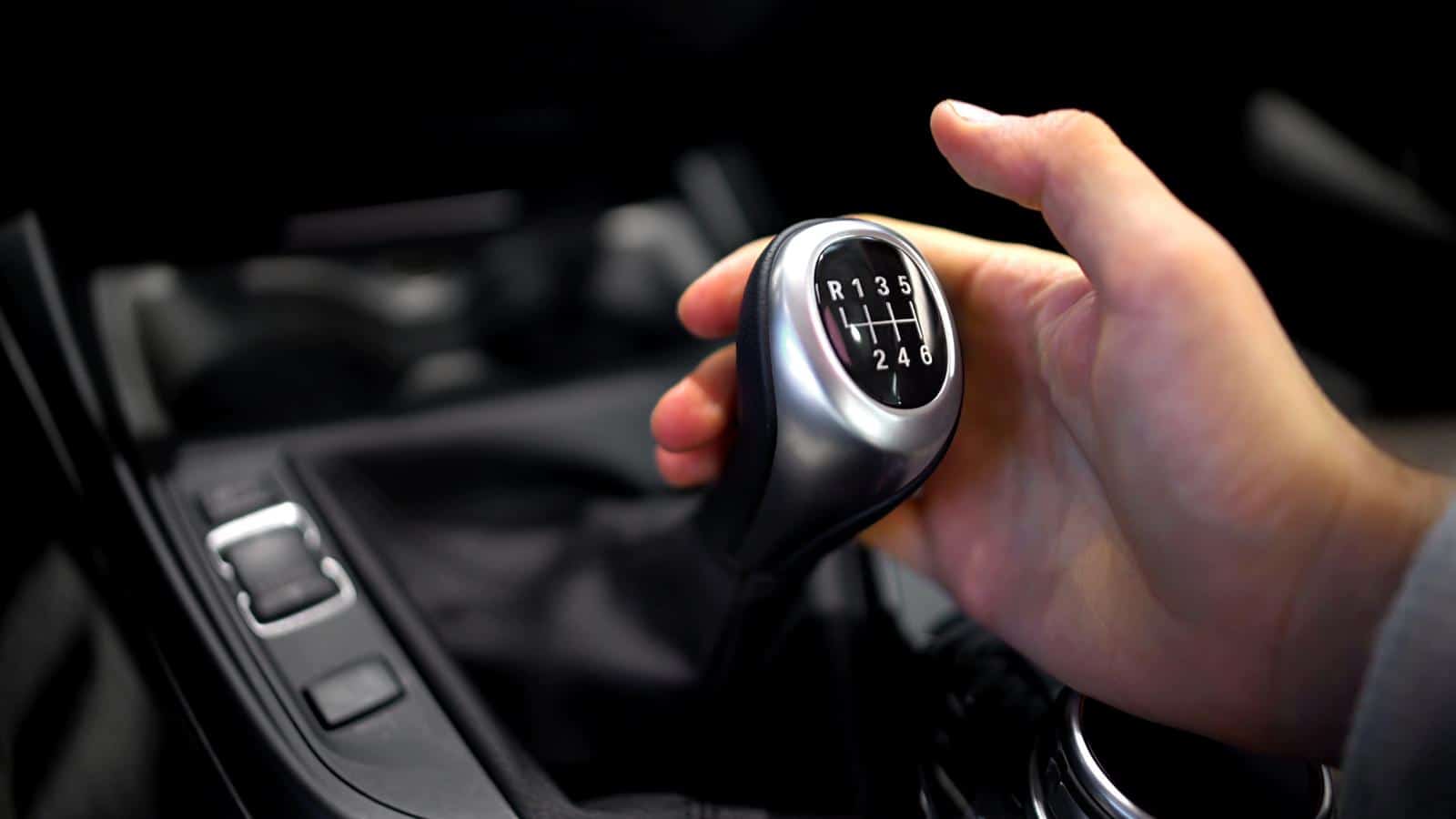
In the UK, manual transmission cars are far more common than automatics, which can be surprising for visitors from countries where automatics dominate. Renting a car might involve handling a stick shift, which not everyone is comfortable with, so it’s best for tourists to study up in advance so that they know what to do.
Variable Speed Limits
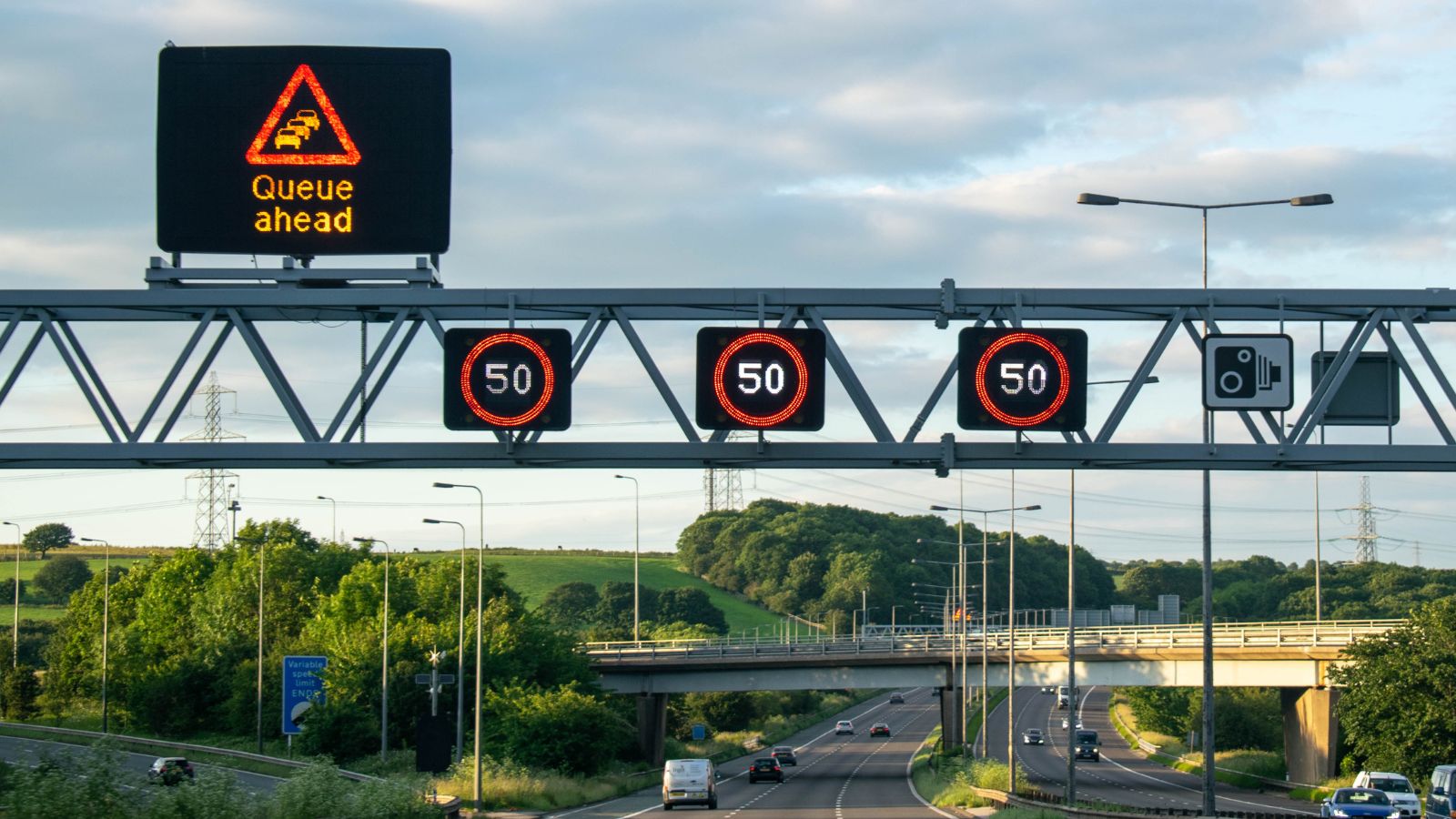
Motorways in the UK often have variable speed limits that change based on traffic conditions or roadworks, and they drive us Brits mental. These limits are enforced with digital signs and can fluctuate unexpectedly. For visitors, keeping track of these changes while driving at high speeds can be challenging and requires constant attention to the road signs.
Limited Motorway Exits
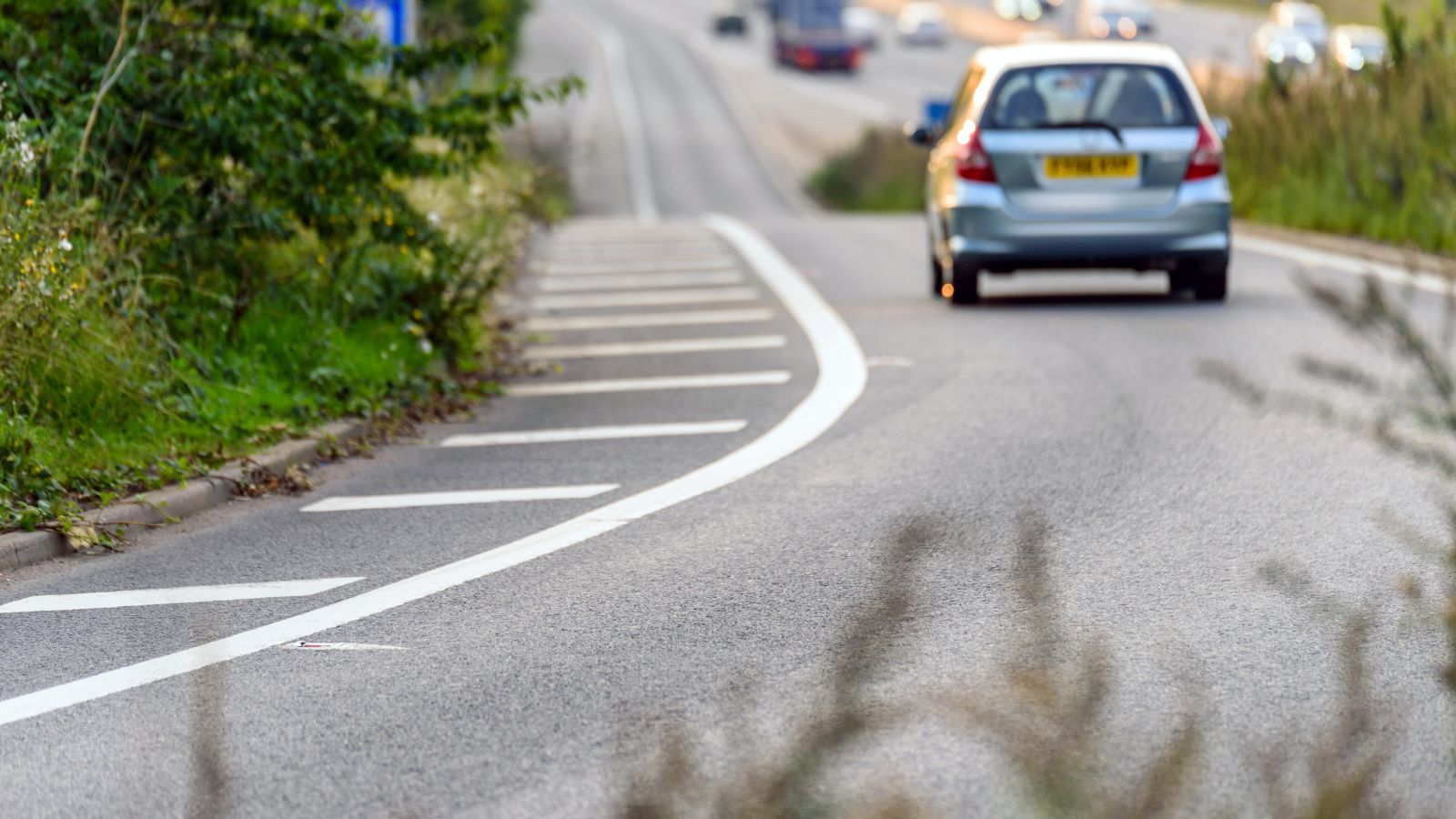
Motorways in the UK have fewer exits compared to highways in other countries, which means missing an exit can result in a long detour. Planning the route carefully becomes essential, as taking the wrong exit isn’t as easily corrected. This aspect of UK motorways can be a source of stress for visitors and, amusingly, Brits as well.
The Lack of Toll Roads
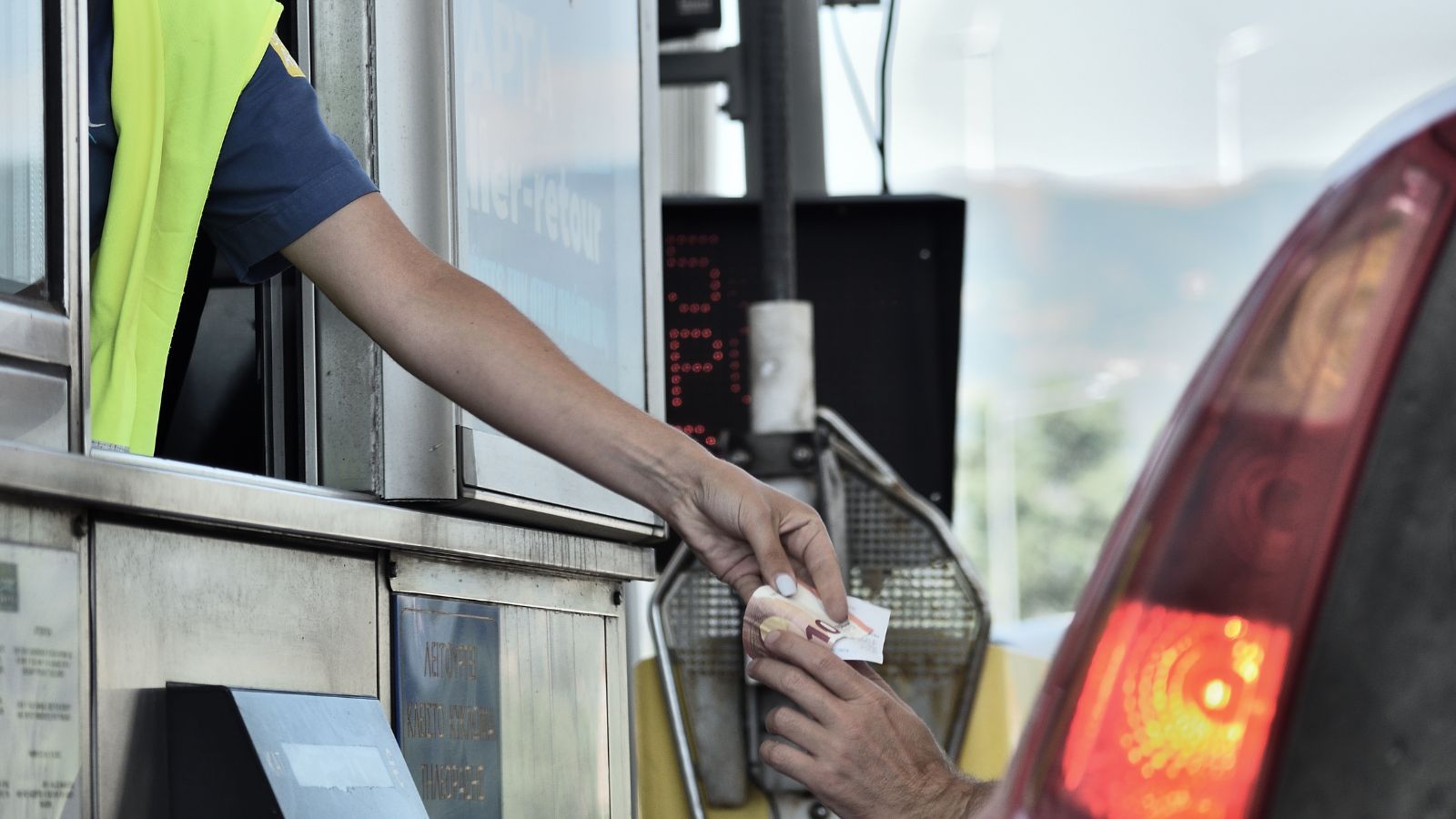
While toll roads do exist in the UK, they are far less common compared to some other countries. Visitors might expect to encounter more toll booths on major routes but will often find that most roads, including many motorways, are free to use. Thankfully, this is generally a pleasant surprise for those used to frequent tolls.
No Right on Red
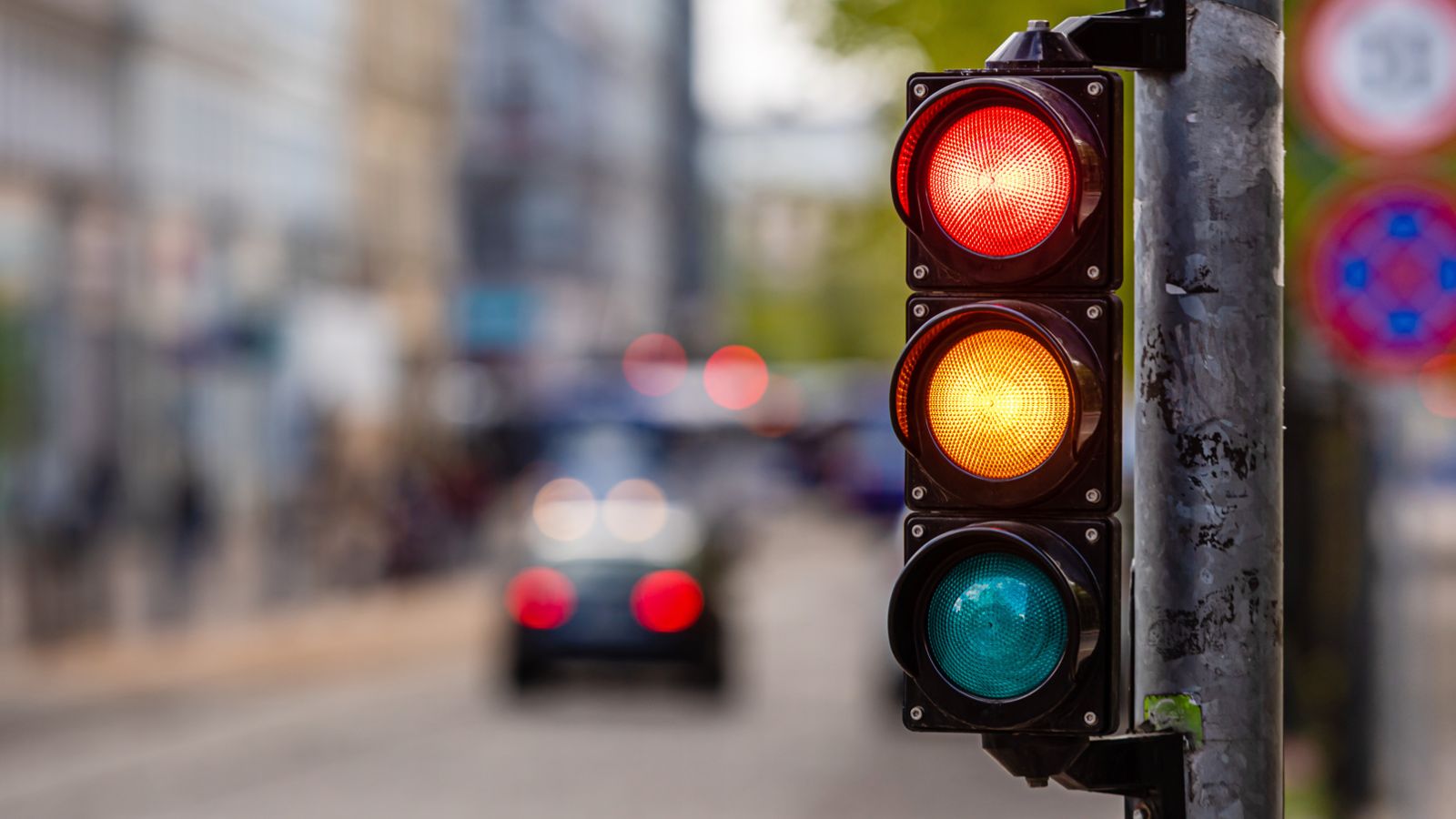
In the UK, it’s very important for tourists to remember that turning right on a red light is not permitted, which contrasts with the “right on red” rule common in many other countries. When we visit countries like the U.S., their rule on this is confusing, but if we slip up, the worst we will experience is a honk rather than a car crash.
Pedestrian Crossings with Lights

Finally, pedestrian crossings in the UK, known as zebra, pelican, or puffin crossings, often include lights or signals to guide both drivers and walkers. The various types of crossings each have their own rules, which can be perplexing. Understanding who has the right of way at each type of crossing is key to safe driving in the UK, but in general, it’s always the right thing to let the pedestrian pass if it’s safe to do so.

